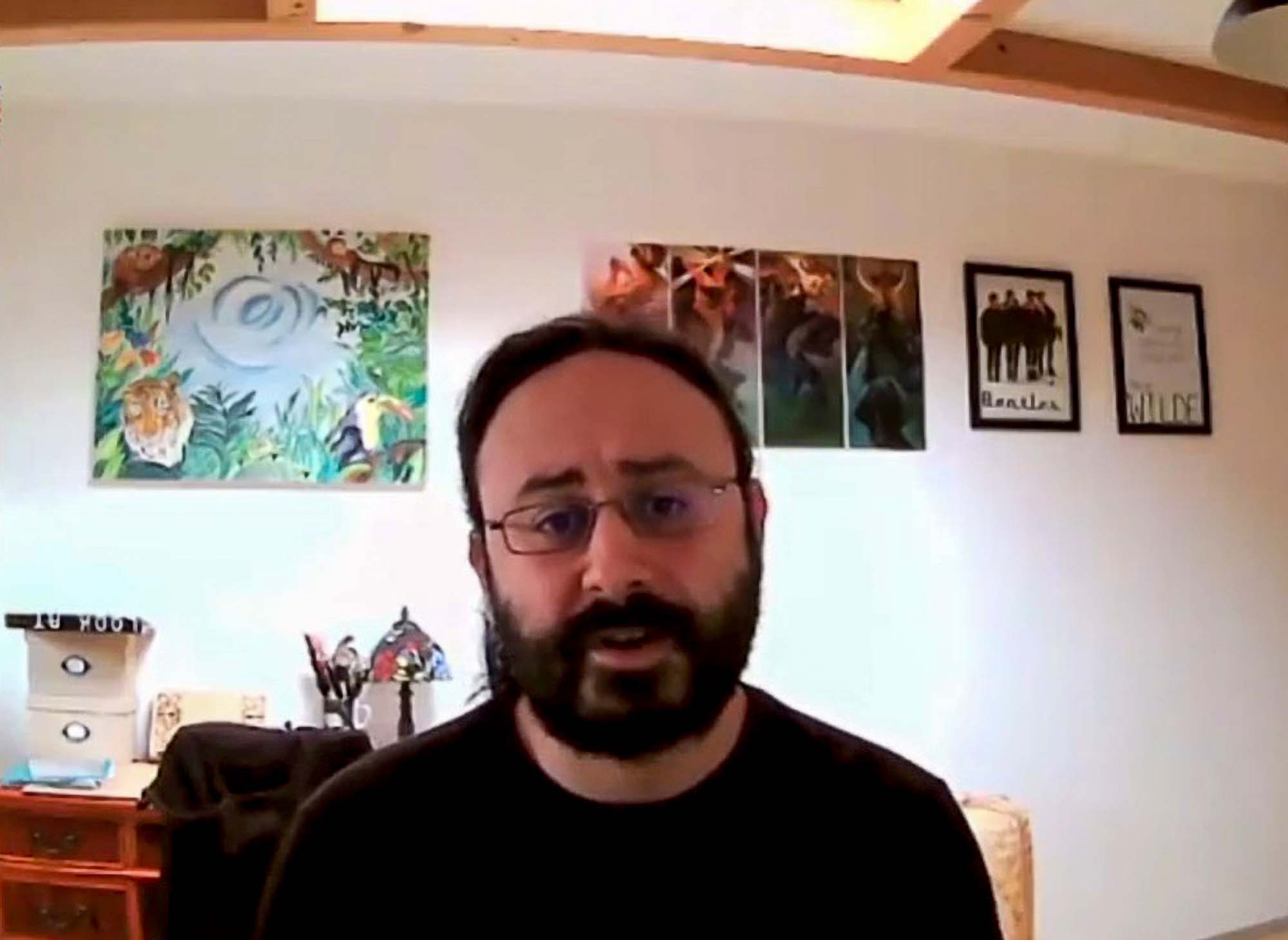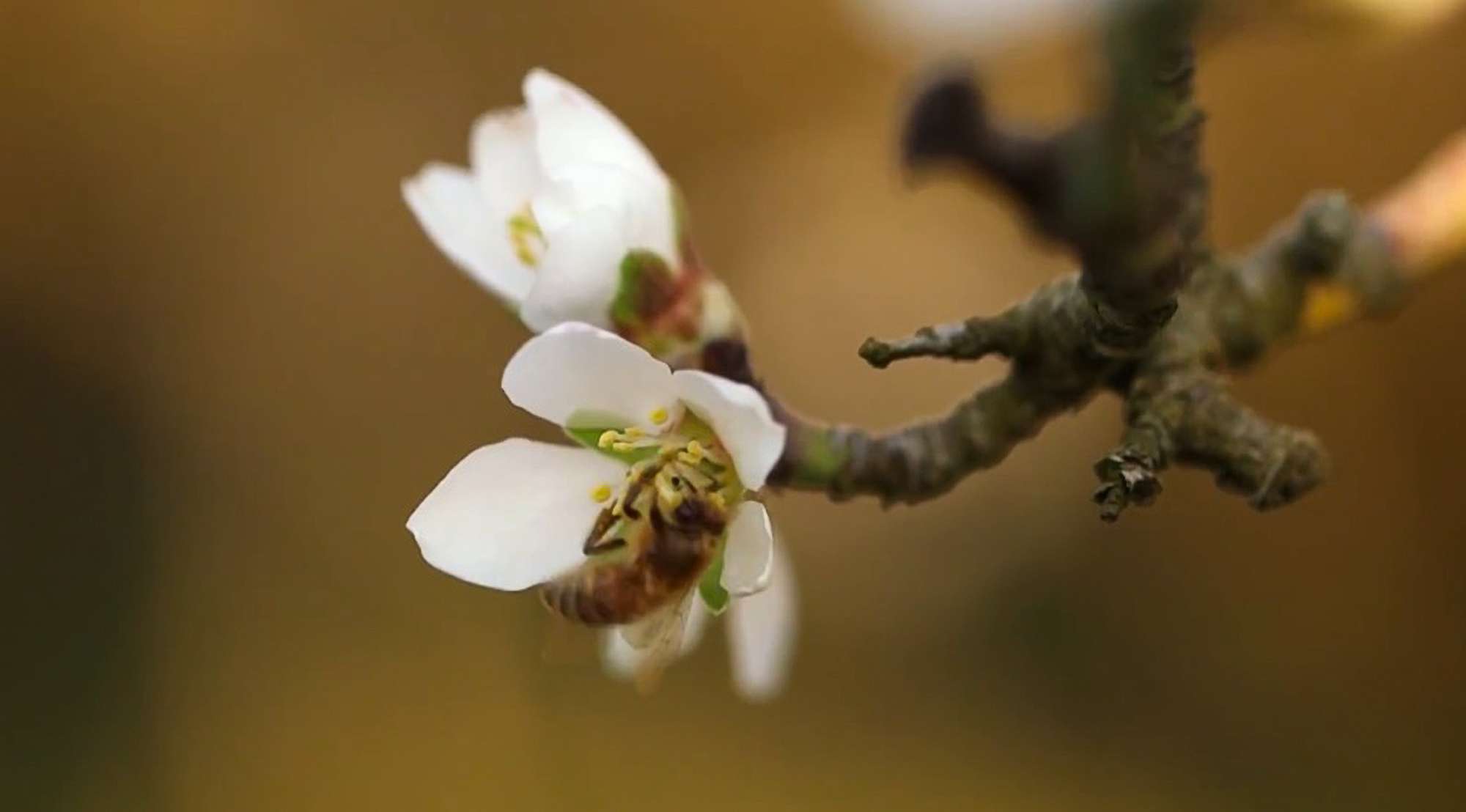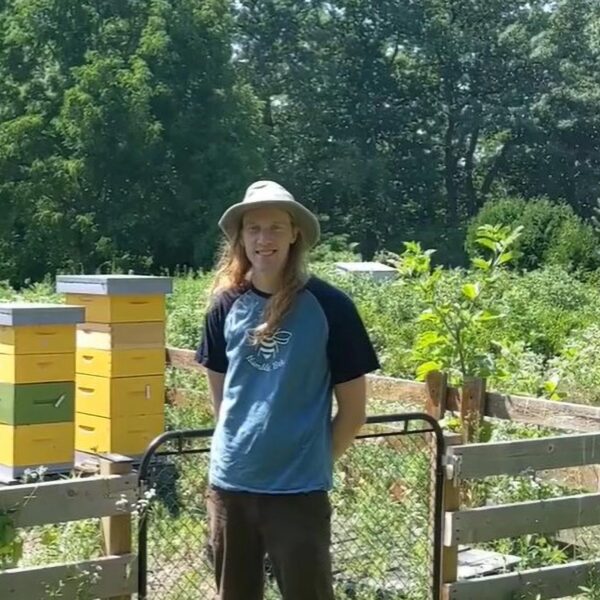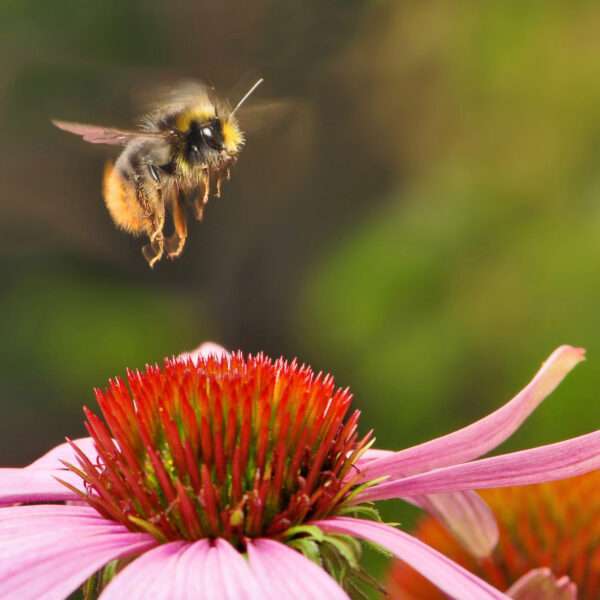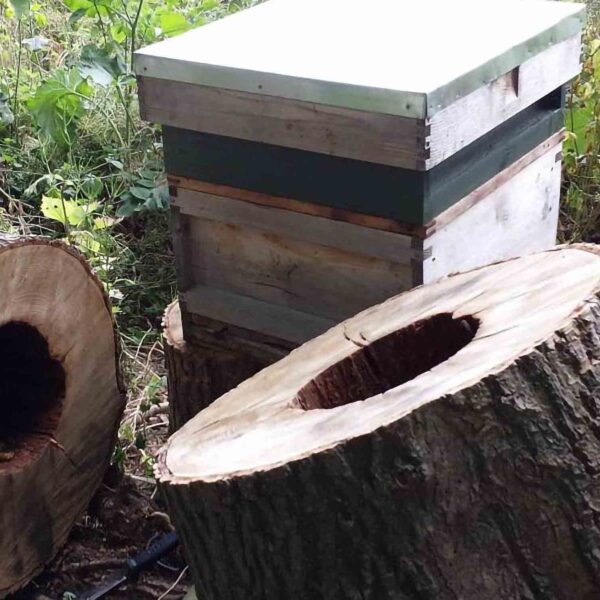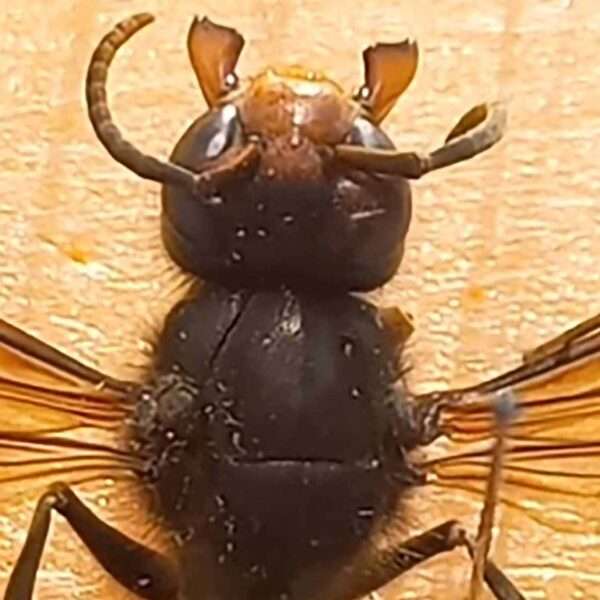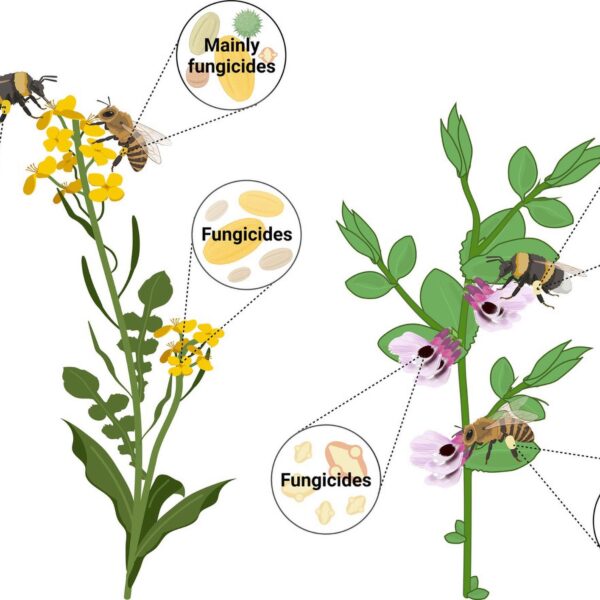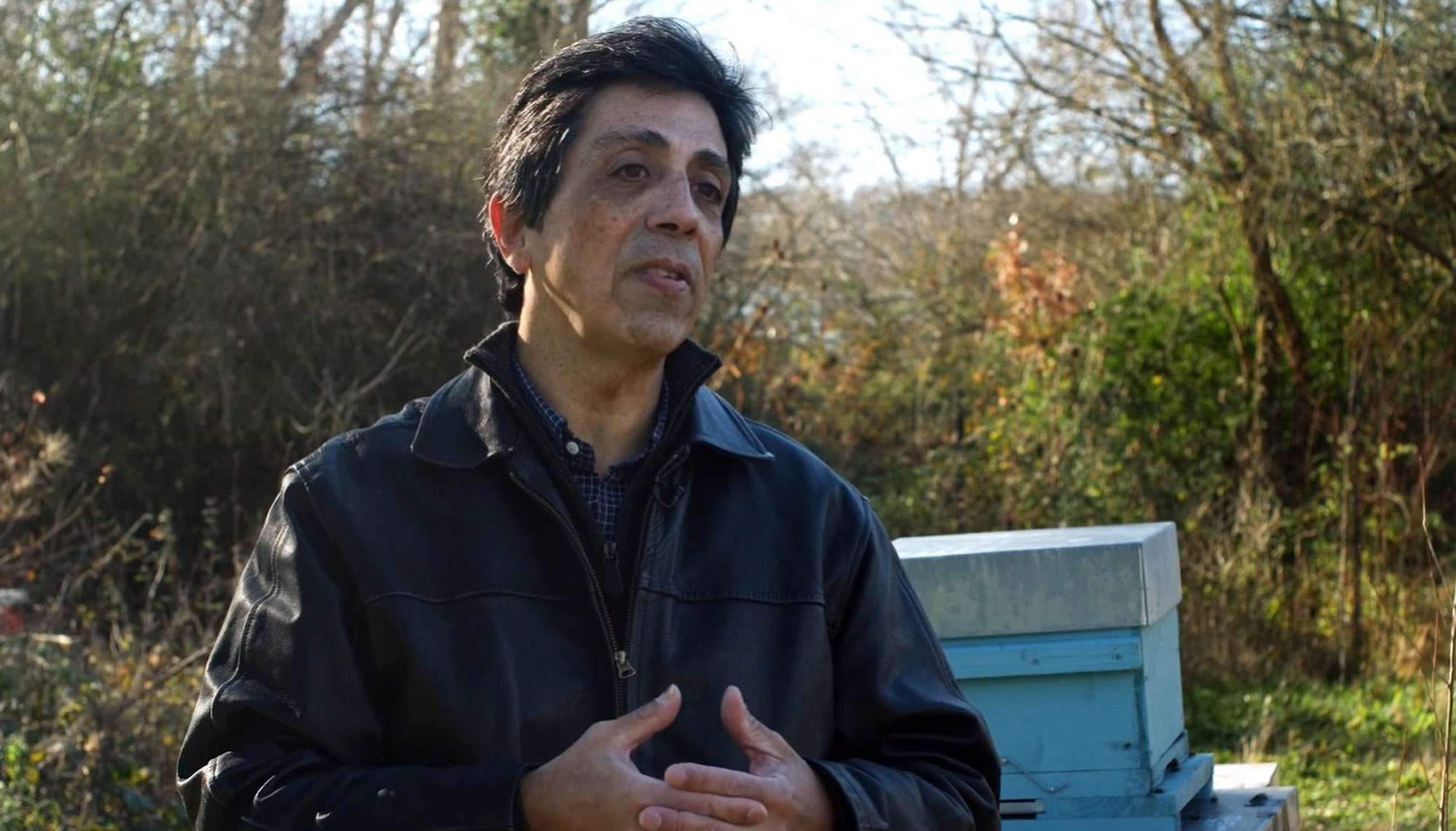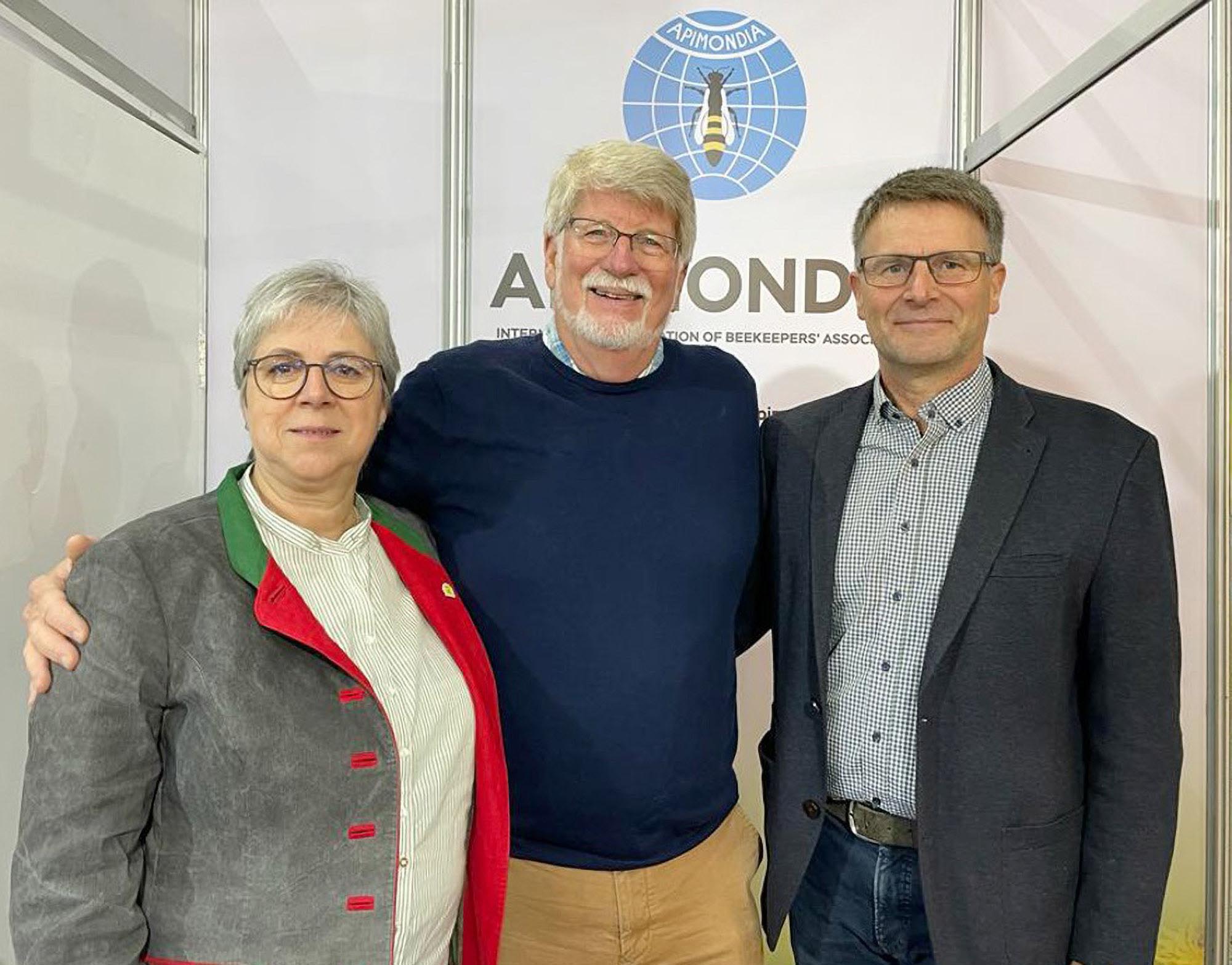A seasoned Austrian apiarist who harvested more than 2,000 kilogrammes of honey last year has identified a parasitic mite as beekeepers’ “biggest concern”.
Hugo Gumpenberger’s honey has received 138 medals and two Golden Honeycomb Awards at the Bio Oesterreich (Organic Austria) Fair in Wieselburg, Lower Austria, since 2002.
Reflecting on the past season, the pensioner from Sarleinsbach, Upper Austria, said: “I managed to harvest more than 2,000 kilogrammes of forest honey.”
Asked by the local Tips newspaper to identify the biggest challenges for apiarists nowadays, Hugo explained: “Beekeeping was less difficult in the old days. Today, Varroa mites are our biggest concern.”
The Varroa destructor is a globally existing parasite which reproduces by attaching to the body of the bee. The pollinator gets weaker as the mite sucks its fat-storage cells.
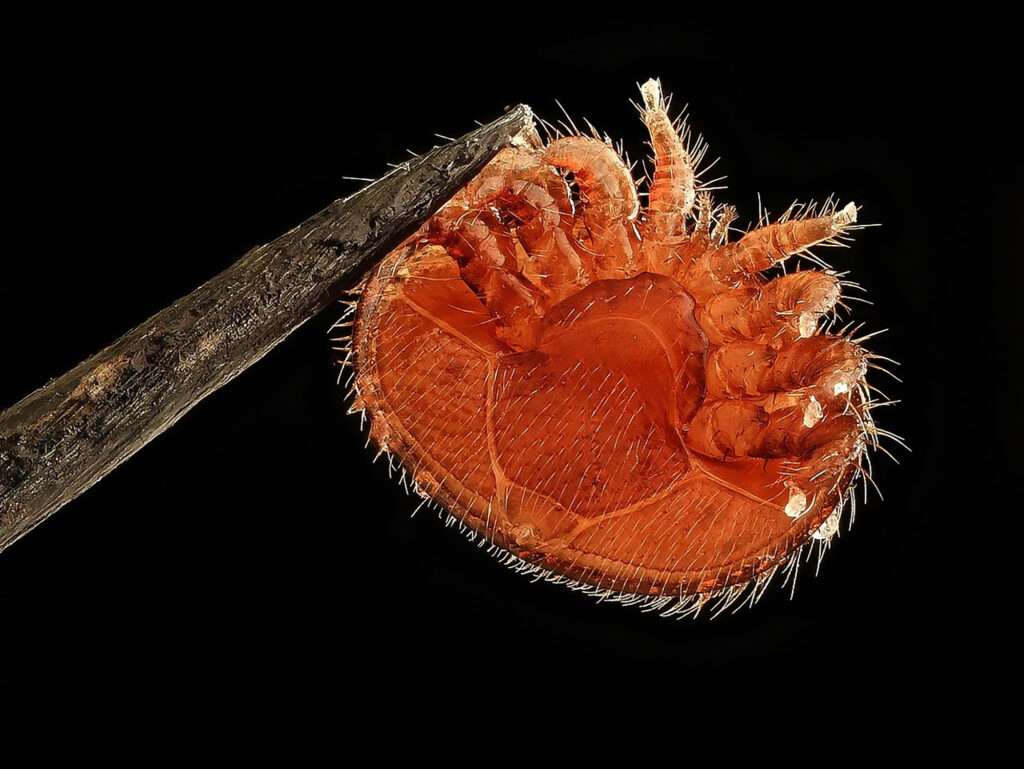
A significant infestation can lead to the death of a whole colony. The latest variant of the dangerous Deformed Wing Virus has been spread by Varroa mites.
Prof Robert Paxton from Martin Luther University in Halle, Germany, branded the virus as the “biggest threat to honeybees right now.”
Hugo – who got into beekeeping as a child – said his enthusiasm for apiculture had not faded ever since he had assisted his dad. Today, Hugo manages 60 hives.
Speaking to the Tips newspaper, the experienced beekeeper said he would continue what he loved doing the most as long as his health allowed him to.
Around 4,100 tonnes of conventional and organic honey were produced in Austria in the 2020/2021 business year, according to the Federal Agriculture Ministry.
Most apiaries are situated in the provinces of Upper Austria and Lower Austria.


